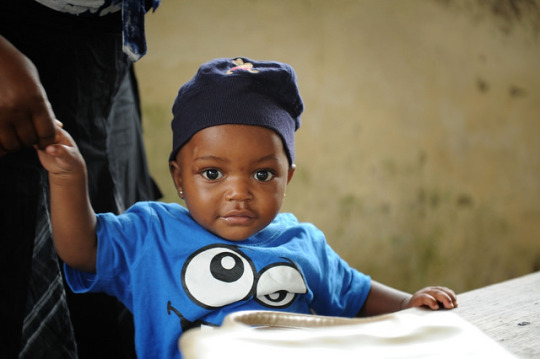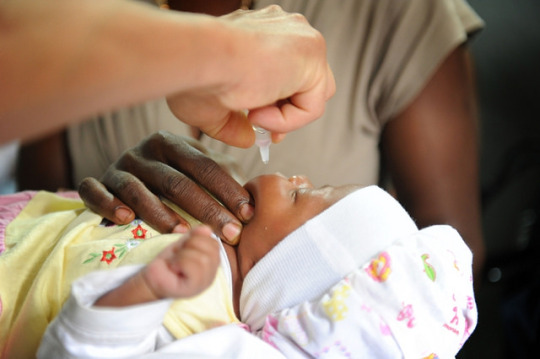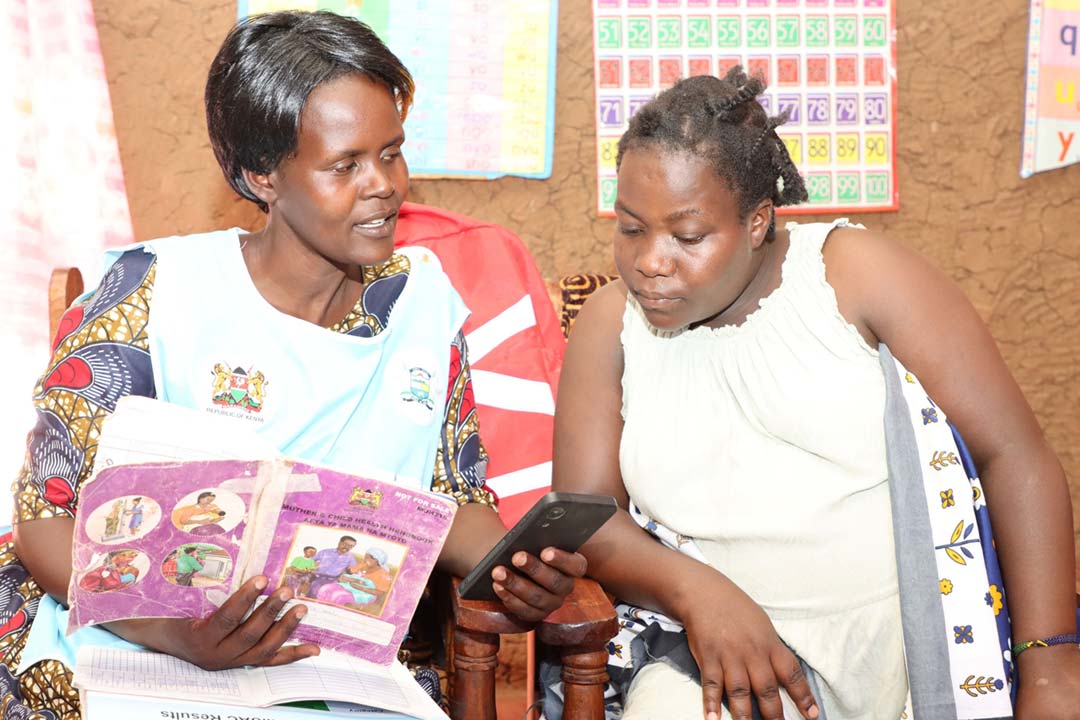Wednesday 15 July 2015, Cameroon introduced the inactivated polio vaccine (IPV) into its routine immunisation programme. The oral polio vaccine (OPV) is widely used in developing countries and while it has successfully reduced polio cases by 99% worldwide, adding IPV to routine immunisation programmes will further improve immunity. The introduction of IPV is a fundamental step towards the aim of eradicating polio globally by 2018.
David Rizzo, Vaccine Manufacturing Manager at Sanofi Pasteur
I have been producing polio vaccines for over 15 years and have always felt privileged. Every day, my colleagues and I – more than 3,500 people work at Sanofi Pasteur’s Marcy l’Etoile site – are dedicated to producing, controlling and delivering millions of doses of safe and efficacious vaccines. And we do this with passion because we know that our vaccines will protect children all over the world against terrible infectious diseases.

A child waits at a medical centre in Douala, Cameroon. Photo: Sanofi Pasteur.
I am in charge of the “viral culture zone”, with a team of 12 technicians. We grow polio viruses on cells. This is a key manufacturing step in the production of the Inactivated, Injectable Polio Vaccine: IPV. This year, I am particularly proud to see this vaccine, our vaccine, play a key role in the final fight against polio. Polio eradication is “This Close”, says Rotary, and IPV will soon be used in routine immunization in every country, for every child born into the world. Along with the Oral Polio Vaccine – OPV – that my colleagues at Sanofi Pasteur’s Val de Reuil site (France) also manufacture, both vaccines are about to finish the job and make polio a disease of the past.
A few days ago, I had the opportunity to go to Cameroon and to witness vaccination in the field. Except for when my own two children were vaccinated, it was the first time I attended a vaccination and met the people for whom we work so hard, every day: the health-care professionals who vaccinate; and the babies who receive the vaccine.

A child receives oral polio vaccine, which has just been replaced with IPV, also protecting against polio. Photo: Sanofi Pasteur.
With my colleague Gabriel Graff, an OPV producer from our Val de Reuil site, we visited several vaccination centers and hospitals in Yaoundé, Edéa and Douala and met dozens of people. We even had the privilege of vaccinating two babies with OPV – a real emotional moment for both of us.
The objective of our mission was to observe, listen and understand how vaccination works in Africa. I must say I felt reassured to see the high level of awareness in the population and the even higher level of dedication in health-care professionals. They really make a difference. We interviewed some of them to be featured in our “Polio Heroes” web series on YouTube.

The paediatric team at Notre Dame de l’Amour hospital, Cameroon. Photo: Sanofi Pasteur.
Another objective of our mission was to share our conclusions and feelings with all our colleagues within Sanofi Pasteur. We shared a lot of videos, photos and posts via social media and we could feel the enthusiasm from our colleagues. “Your mission gives a lot of meaning to our daily activities”, said one of them.
I am very happy and proud to have had this opportunity. I will remember forever the engagement of these people in the field. On my manufacturing site, I will continue to do my best to produce and deliver vaccines because, more than ever, I understand why we do this.







